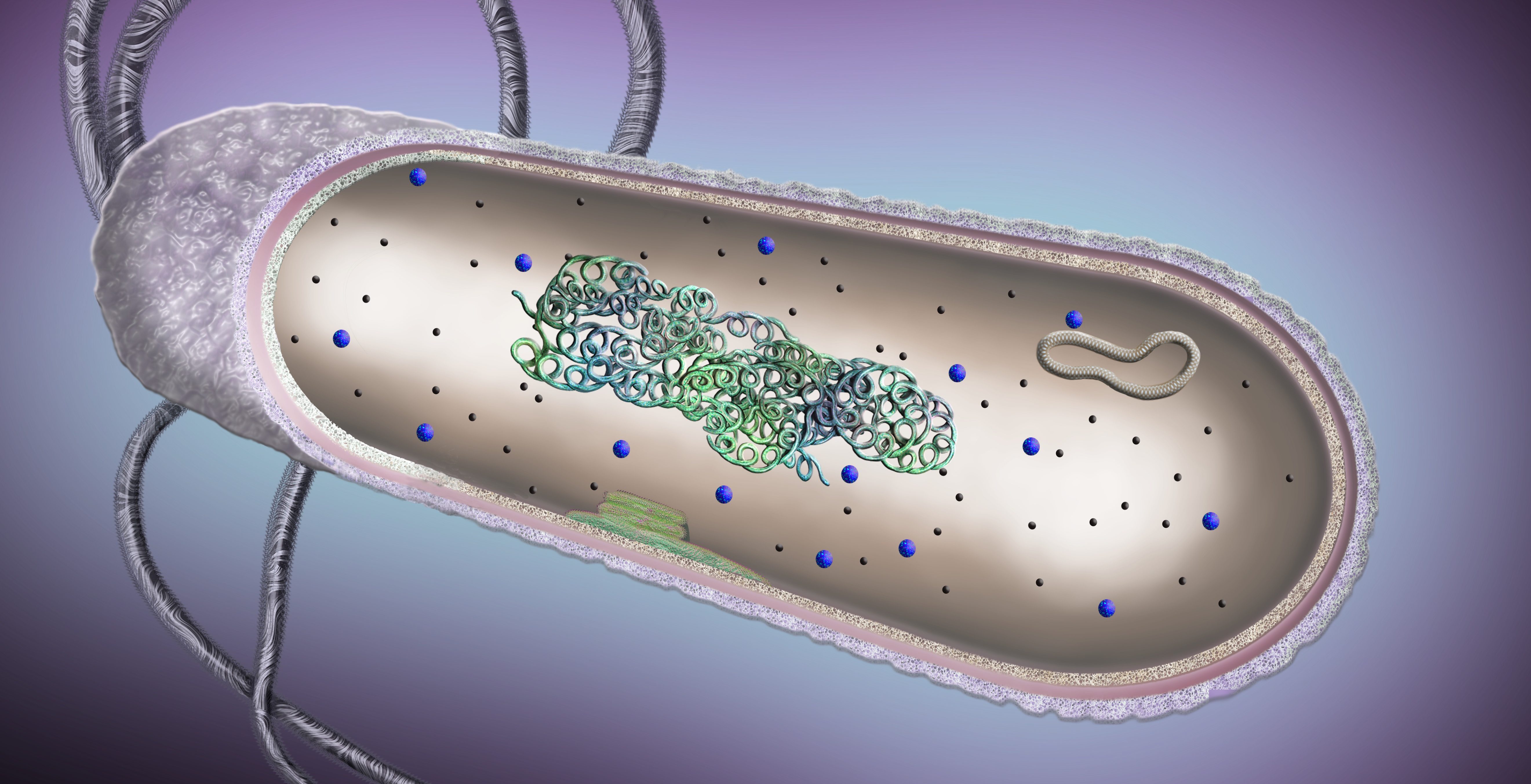In the August 15, 2018, issue of the New England Journal of Medicine, the director of the NIH, Francis S. Collins, and the commissioner of the FDA, Scott Gottlieb, outlined a plan to eliminate involvement from the Recombinant DNA Advisory Committee (RAC) in human gene therapy experiments. This marks the end of an era of federal oversight that was essential in helping human gene therapy research evolve to where it is today.

I was fortunate to have attended countless RAC meetings since the review of the first human gene transfer experiment in the late 1980s. In this commentary, I will provide my perspective on why the RAC was important to human gene therapy research and why this is the right moment for it to step down.
The RAC was created in response to concerns over the possible dangers of recombinant DNA technology. After the first public disclosure of Stanley N. Cohen and Herbert W. Boyer’s work on DNA cloning at a 1973 Gordon Conference, a small group of scientists held a private meeting at MIT in 1974 to discuss the implications of DNA cloning. Due to concerns over safety and a public backlash, they proposed a temporary moratorium on certain types of DNA cloning experiments until adequate oversight was in place for this emerging field. This was a critical moment for creating enforceable safety guidelines and putting an already-wary public at ease through education and full transparency.
An NIH committee was established later that year, which turned out to be an early version of the RAC. In early 1975, a larger group of key stakeholders met in Asilomar to establish guidelines for recombinant DNA research and lift the self-imposed moratorium. The day after the Asilomar recommendations were presented to the public, the RAC held its first official meeting.
In 1984, the RAC mandate was expanded to the review and approval of human gene therapy research by creating the Human Gene Therapy Working Group. This action was in response to the controversial human gene therapy studies conducted during the early 1980s in Europe by Martin J. Cline, who was a UCLA faculty member at the time. The RAC ramped up its public activities in the late 1980s, when W. French Anderson, R. Michael Blaese, and Steven A. Rosenberg proposed human studies using retroviral-transduced lymphocytes in patients with cancer or severe combined immunodeficiency disease. The first RAC-approved gene therapy study initiated in September 1990 and involved a young girl with adenosine deaminase deficiency. I attended the RAC meetings that reviewed these historic protocols while I was a postdoctoral fellow in Richard C. Mulligan’s laboratory at MIT, and was fascinated by the passionate discussions about science, policy, and ethics.
Over the next 15 years, the RAC became the focal point of the emerging field of gene therapy. Composed of stakeholders including basic scientists, physicians, ethicists, theologians, and patient advocates, the RAC was in charge of reviewing and approving every gene therapy clinical trial. I have vivid recollections of the 10 presentations I, or my collaborators, made to the RAC. The very public and often controversial nature of the review proceedings caught the attention of the press, which was present in force. The deliberations often became theatrical and, at times, quite contentious. Some of the most dramatic moments occurred during the public comment portion, where we heard compelling testimonies from patients and families living with the diseases that were the subject of the protocols under review. These poignant moments reminded everyone in the room as to why we were there.
The dual role of the RAC in both review and approval presented a challenge due to redundancy with the FDA’s role in regulating drug development. We often found ourselves in a situation where the public recommendations of the RAC were not aligned with the confidential recommendations of the FDA. There was no easy way to reconcile these differences, leading to delays in initiating the studies. As the study sponsor, we could disclose details of our discussions with the FDA during a RAC review; however, I felt this was counterproductive since FDA members present at the meetings were not permitted by law to comment on our past conversations with them.
As the field of gene therapy matured and became more integrated into the biopharmaceutical industry, concerns escalated over the redundancies between the roles of the FDA and the RAC. In 2015, an evaluation conducted by a committee of the Institute of Medicine recommended that the RAC’s responsibilities be reduced to prereview and monitoring of protocols, and not include approval. Additionally, public review was reserved for more cutting-edge or controversial protocols. Although continuing the review allowed for transparency to the public, the lack of a final approval was clumsy, confusing, and led to what most of us felt were unnecessary delays.
The 2018 proposal outlined by director Collins and commissioner Gottlieb would completely eliminate the RAC’s role in reviewing or monitoring human gene therapy studies. The new recommendations retain the role of local Institutional Biosafety Committees in the review process, while limiting their evaluation to an assessment of biosafety risks, such as level of containment, competence of the investigators, and issues related to shedding of vector/virus.
Although this motion comes at a time when ample oversight from institutional review boards (IRBs) and the FDA is in place, we cannot discount the timely action of the pioneering scientists who proactively tackled the inevitable controversies in the field. Faced with uncertainty over safety and potential misuses, these scientists created the RAC to assure transparency and strict guidelines around safety. While not everyone agreed with recombinant DNA research, their actions meant no one could accuse the community of conducting clandestine experiments.
The RAC’s basic tenet of transparency not only helped assuage public concerns, it also assured access to preclinical and early clinical data, which the FDA cannot disclose. Access to these data in near real time was, and continues to be, incredibly useful in informing the safety and potential efficacy of clinical applications that share common gene delivery platforms. Examples include genotoxicity of lentiviral vectors in ex vivo applications of hematopoietic stem cell therapies, and the hepatic toxicity of systemic adeno-associated virus. In both cases, the delivery vehicle plays a key role in directing the biology of the experiment. Although other factors, such as the transgene and manufacturing, can affect vector biology, access to all preclinical and clinical data using a common delivery platform could reveal features relevant to all applications. Retiring the RAC inadvertently eliminates the mandated public distribution of these data.
In the early days of gene therapy, when most research was conducted in academic laboratories, essentially all important data were published in peer-reviewed literature, providing an avenue for disclosure and distribution of key data. In fact, we founded Human Gene Therapy Clinical Development as a gateway to publish toxicology studies or negative clinical trials that may not be suitable for traditional journals. However, this is changing as gene-therapy research is shifting to the biopharmaceutical industry, where there is less public disclosure of data. Some of this information is accessible through frequent press releases or quarterly earnings reports, but these disclosures are often incomplete and not peer reviewed.
Although I have been a loyal fan of the RAC, I support the recommendations of director Collins and commissioner Gottlieb to sunset the committee. The field has come a long way since the committee was formed in 1974, and many of the initial concerns are no longer relevant. The need for full transparency to help mitigate concerns over potential misuses has subsided as the science has matured and society has become more accepting of personalized medicines. I say this despite the recent spate of fictional Hollywood movies that sensationalize preposterous abuses of human gene therapy experiments gone horribly wrong!
Moreover, the RAC’s original role in establishing and enforcing safety regulations is now ably handled by the IRBs and the FDA. Finally, eliminating the systemic redundancies in the review and approval process prevents unnecessary delays in initiating clinical trials. What will be missed in the post-RAC era is the obligatory disclosure of preclinical and early clinical studies. The unique nature of the field in terms of common delivery platforms argues for sharing of data to help derisk follow-on applications of similar products. I hope that key stakeholders realize that data sharing in a precompetitive space will help bolster efficacy and safety across all programs, including their own.
James M. Wilson, MD, PhD, is the director of the Gene Therapy Program, the Rose H. Weiss Professor and Director of the Orphan Disease Center, and a professor of medicine and pediatrics at the Perelman School of Medicine, University of Pennsylvania. He is also the editor of Human Gene Therapy Clinical Development, published by Mary Ann Liebert, Inc.
The article “The RAC Retires After a Job Well Done” is reprinted with permission from Mary Ann Liebert, Inc., publishers, Human Gene Therapy Clinical Development, Vol. 29, No. 3.


